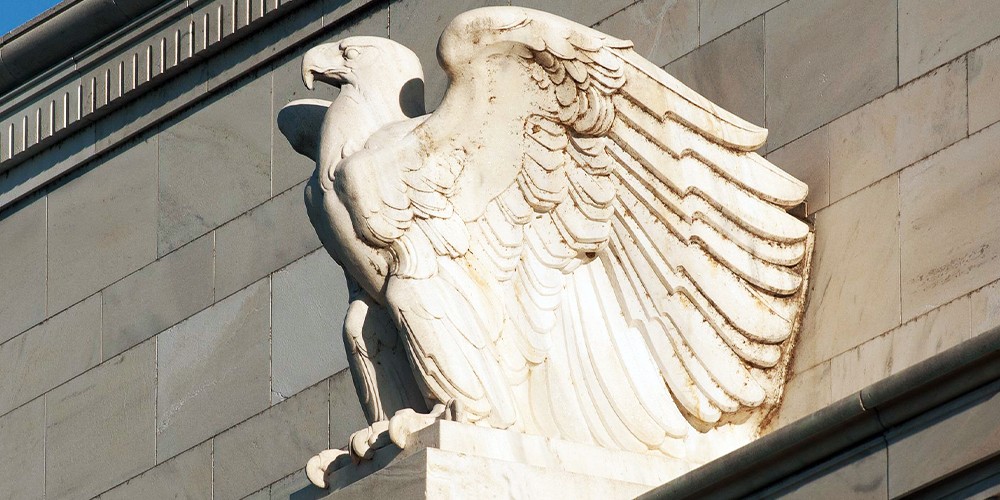The beating that multilaterism has taken over the last decade is evident in the response to the Covid-19 pandemic. In contrast to the 2008 financial crisis, as the world once again enters deep recession and financial upset, neither the US nor the G20 has stepped forward to take on the major international role that they did 12 years ago.
But one institution has reprised its role in the crisis. As a universal scramble to obtain cash has led to strains in credit markets and a drying up of liquidity, the Federal Reserve has stepped in quickly and aggressively, with breathtaking purchases of Treasuries and mortgage-backed securities, as well as an array of facilities to provide backstops for crucial funding markets. These actions already well exceed those it took in 2008-09. Perhaps reluctantly, given its mandate, and certainly without fanfare, the Fed has also taken major steps to stabilise global markets for dollar funding, a critical risk to the world economy.
Despite dollar shortages a decade ago, the reliance on dollar funding outside the US has increased. Dollar assets of non-US banks were more than $12tn in 2019, up from $10tn in 2007. Dollar bonds issued by non-US entities other than banks are now almost $7tn, triple the 2007 level. And an estimated 80% of global trade is financed in dollars.
In response to dollar funding strains abroad, the Federal Reserve enhanced its existing swap lines with six central banks and reactivated swap lines established during the 2008 crisis with eight more. The Fed bears almost zero risk from holding major international currencies such as the euro, pound and yen. But it has understandably been reluctant to extend its swap lines broadly.
On 30 March, the Fed took a major additional step, opening up repurchase facilities to foreign central banks that hold US Treasuries. This will allow it to hold claims on the US government rather than foreign currency for the dollars it provides. Not only is this safer for the Fed, it also opens up a supply of dollars to a much wider range of central banks, including large holders of Treasuries such as India, Ireland, Thailand, Taiwan and China.
The swap lines and the foreign repo facility aid the rest of the world, but they also benefit the US economy and financial markets in three ways. First, they help relieve dollar shortages outside the US, cushioning the economic impact (and fall in demand for US exports) from the pandemic. Second, they reduce strains on US financial markets as foreigners rush for dollar liquidity. Third, they ease the pressure for dollar appreciation from foreigners selling domestic currency to buy dollars.
The long-term consequences are significant. The willingness of the Fed to step in during two successive financial crises will bolster the dollar’s role as an international reserve currency and as the basis for international transactions.
The Fed’s legislative mandate is clear. It is not a global lender of last resort, nor is it responsible for the health and performance of other economies. But the Federal Reserve has long recognised that the US and global economies are extensively intertwined, and what takes place abroad affects US employment, inflation, and financial stability.
In stepping forward to reactivate swap lines, and create the new foreign repo facility, the Fed has helped backstop the global economy, supporting US employment and financial stability in the process.
Inevitably, after this upheaval has passed, there will be complaints about dollar hegemony and demands that the world reduce its reliance on dollars and dollar finance. But the alternative to the current system in which the world depends on the dollar, US and Federal Reserve is a multicurrency system in which there is no one to depend on during a major financial upset.
One may argue whether the US is still the indispensable nation. What is clear is that, in a crisis, the Federal Reserve is the indispensable central bank.
Robert Dohner is a Senior Non-Resident Fellow at the Atlantic Council. Previously he was Chief Economist in International Affairs at the US Department of the Treasury.
